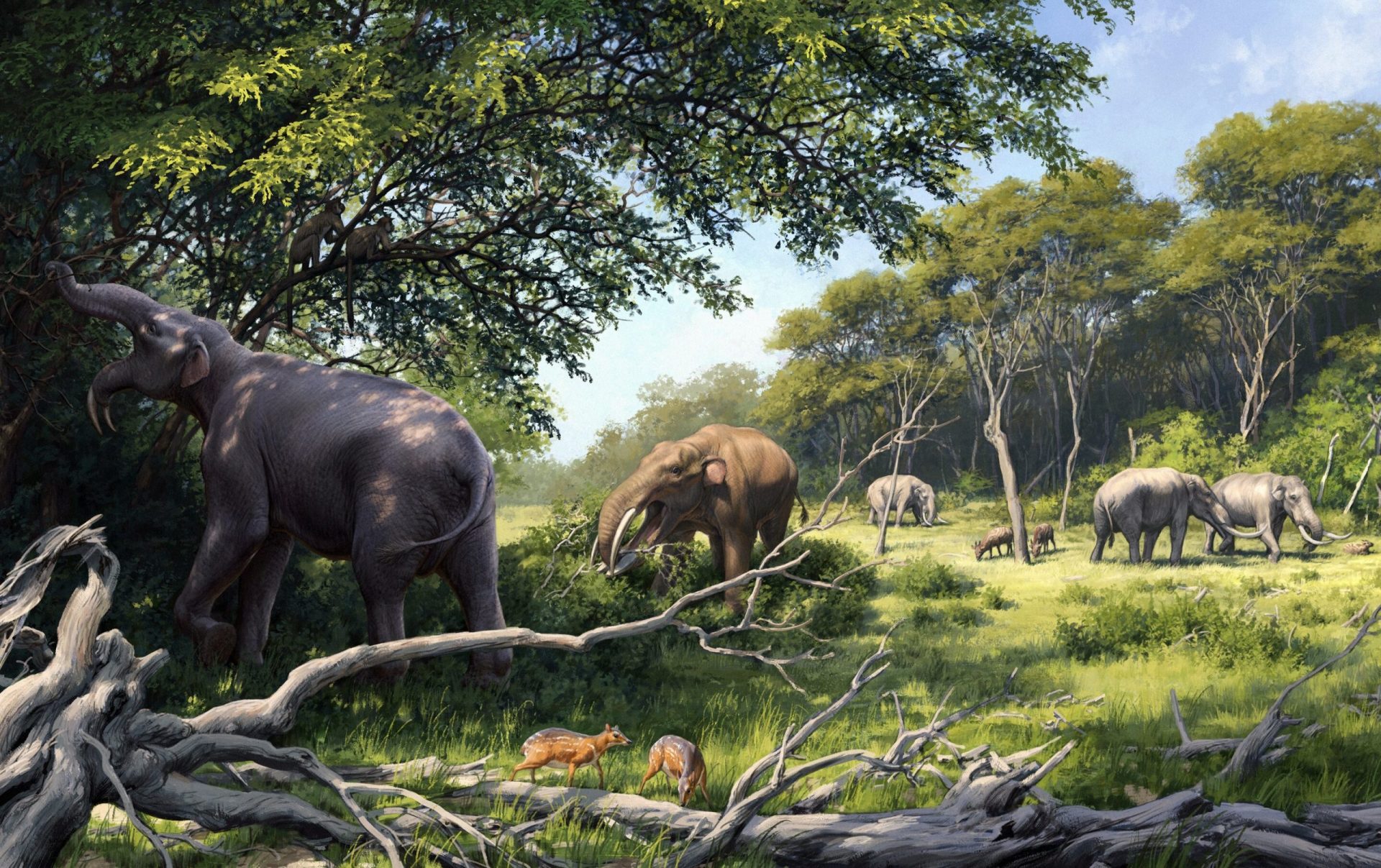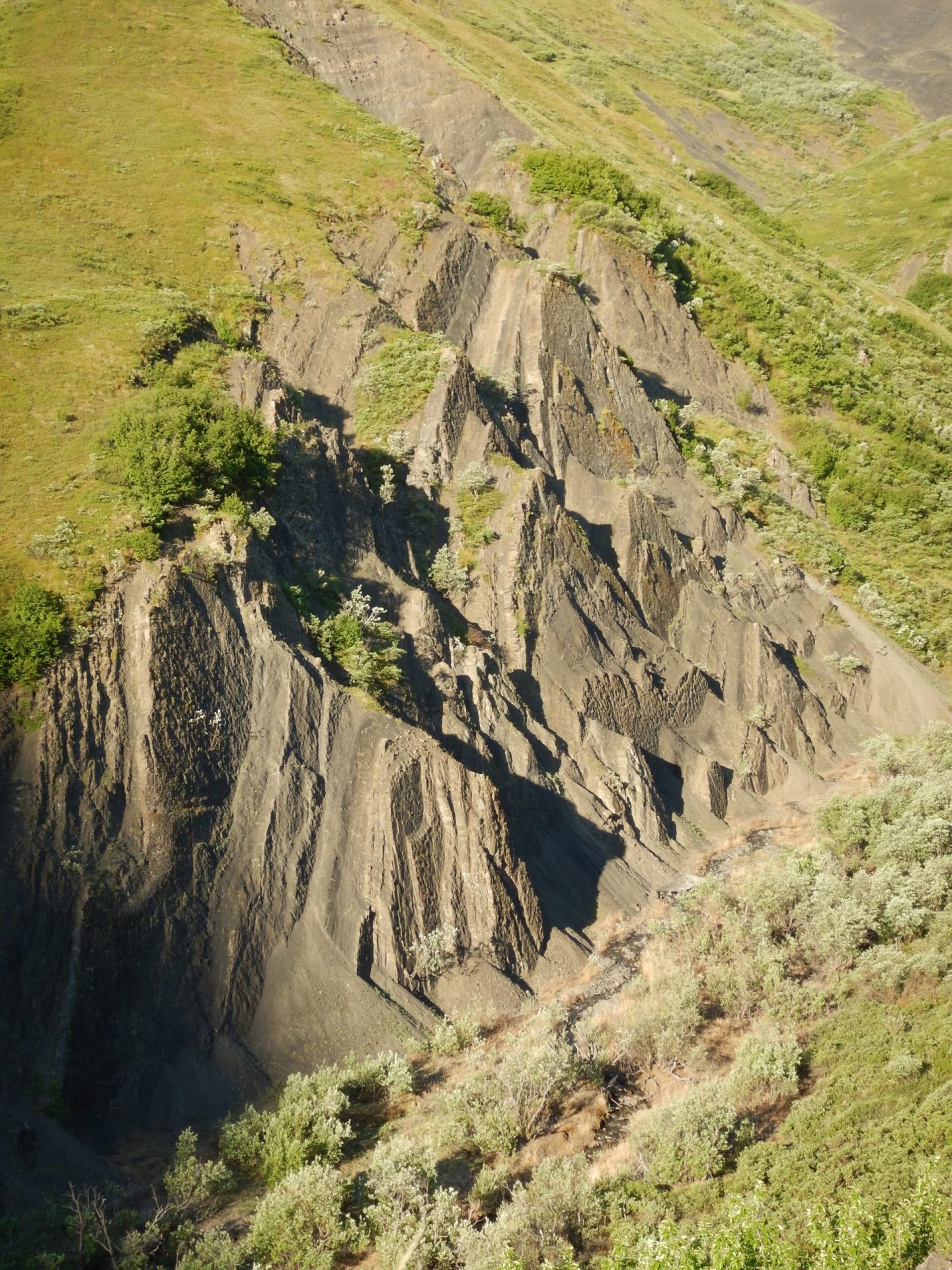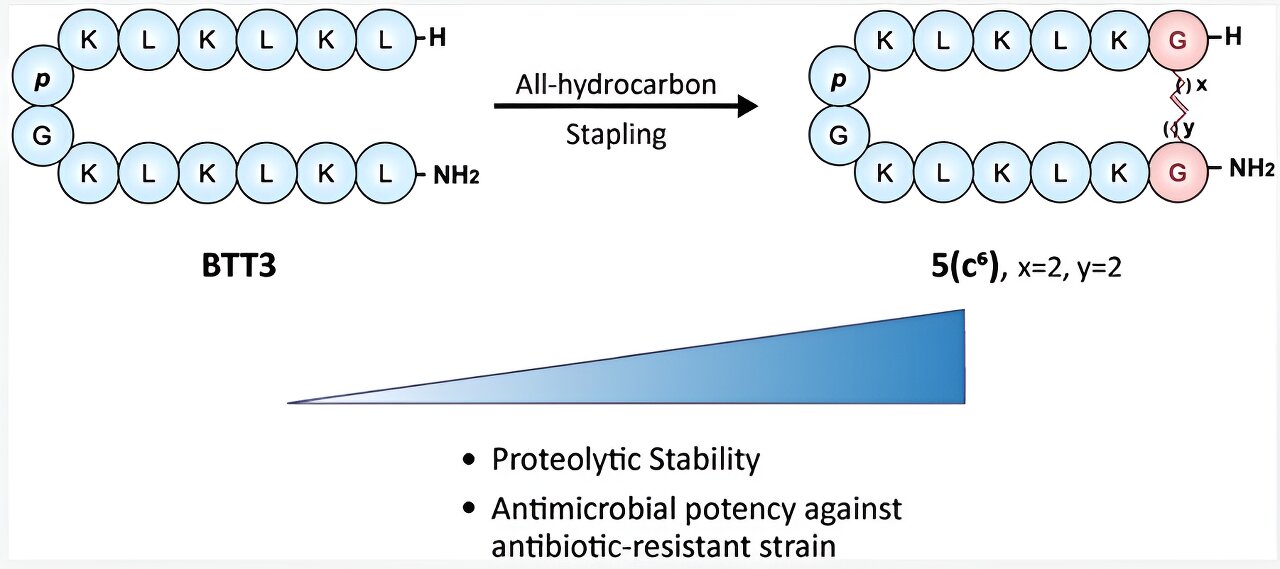The latest study from the University of Helsinki reveals fascinating insights about proboscideans (elephants and their ancient relatives) in East Africa. It turns out that some proboscideans, like choerolophodonts, began adapting to grass-rich environments much earlier than previously believed, around 23 to 11 million years ago. This adaptation involved a change in behavior and an increased consumption of grasses.
Furthermore, approximately 7 million years ago in the lake Turkana region, the earliest true elephants began to thrive in dryer and more grass-rich savanna environments compared to other parts of East Africa.
“This supports the hypothesis that these regions acted as ‘species-factories,’ where evolutionary adaptation to changing environmental conditions first took place,” explains Juha Saarinen, the lead researcher from the University of Helsinki, whose findings were published in Nature.
Feeding on grasses is more challenging for proboscideans due to the high mineral grain content called phytoliths in grass leaves, which causes significant wear on their teeth. However, during the Early and Middle Miocene, the choerolophodont lineage of proboscideans managed to transition to grass-rich diets with only minor changes in their tooth structure.
Around 10 million years ago, major climate changes had a profound impact on the evolution of proboscidean teeth in East Africa, particularly in true elephants (Elephantidae) with their highly specialized high-crowned, multi-ridged molar teeth.
“Our research demonstrates that the most severe periods of drying in East African climate over the past 7 million years, such as around 4 and 2 million years ago, coincided with bursts of evolution in tooth crown height and the number of ridges on molar teeth. Interestingly, these evolutionary changes did not reverse during periods of milder climatic conditions,” says Saarinen.
This supports the notion that adaptive traits in organisms are responses to extreme rather than average environmental conditions.
Comparing evidence of past vegetation and elephant diets over the last 7 million years also revealed an increase in grasslands and the prevalence of grass-feeding elephants with specialized teeth across most parts of East Africa during that period.
However, in the last 100,000 years, this situation changed, likely due to drastic fluctuations in global climate. Eventually, only the modern African savanna elephant (Loxodonta africana), with its less specialized teeth, survived in East Africa. The survival of the Asian elephant (Elephas maximus) in Asia and the African forest elephant (L. cyclotis) in more forested parts of Central and Western Africa can be attributed to their ecological versatility.
“The modern elephants, with their remarkable adaptability, were the sole survivors of the tumultuous climate changes during the late Pleistocene. Now, it is us humans who pose a threat to the last remaining species of this ecologically vital group of animals. We must work tirelessly to ensure they are not lost forever.”
,,,








